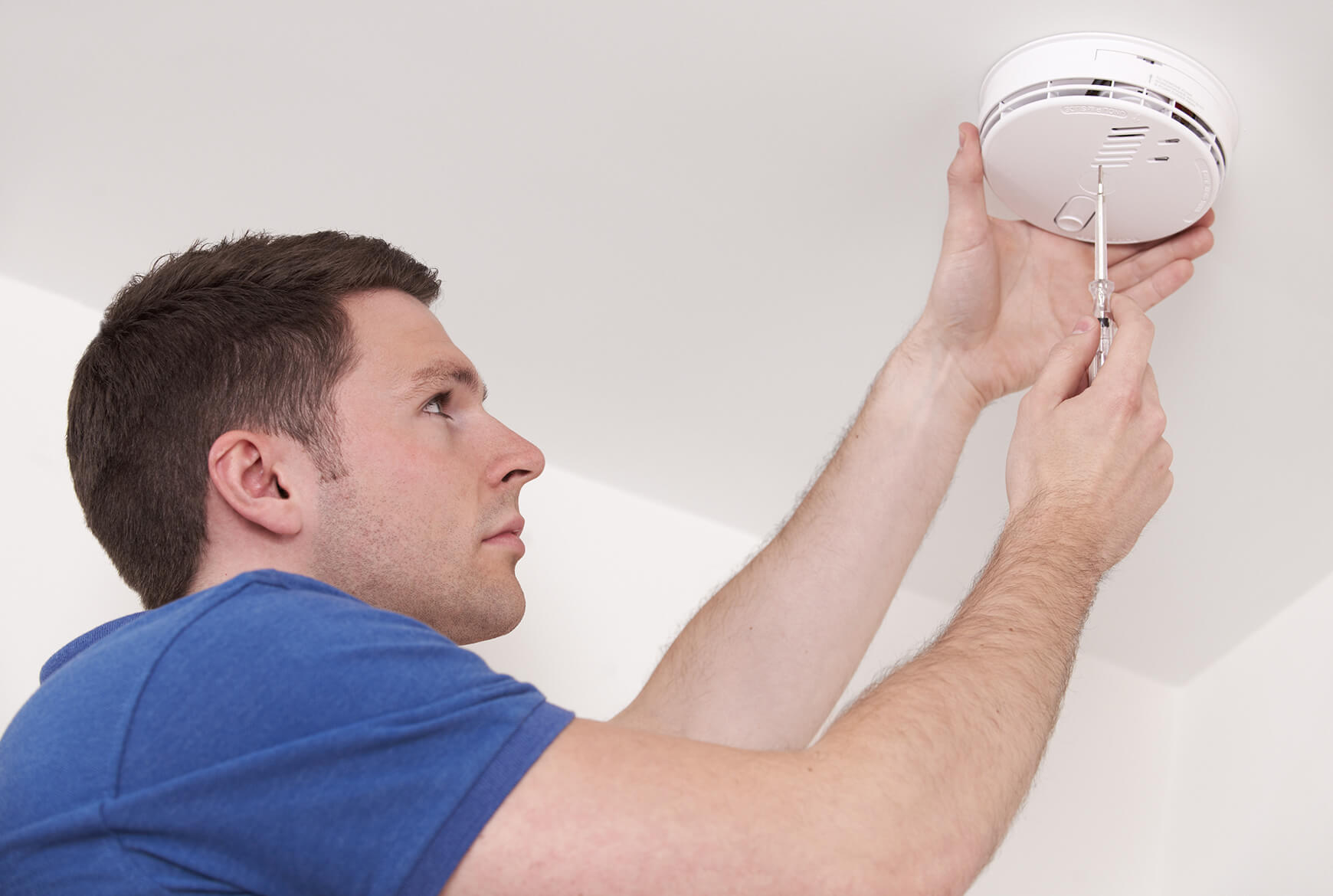Condominium building maintenance : 4 essentials for the fall

Throughout the city, there are condo buildings that could use a little more TLC. Does that apply to the building you’re managing? No better time than the present to find out! Before the cold sets in, fall is a strategic period to maintain condominium buildings and prevent breakage caused by the coming seasons.
Let’s look at 4 things to check that can be game changers and prevent you from incurring damages or filing a commercial insurance claim. But first, some basic info on the subject!
Who’s responsible for maintaining common areas?
The condominium syndicate is responsible for the common areas and the equipment located there, such as a swimming pool filters, for example. In addition to simple tasks like mowing the lawn, this also includes cleaning and preventive maintenance to keep the building in good condition.
These are legal obligations. But they also provide additional protection for the syndicate : condo owners can sue the syndicate for financial losses in the event of lack of maintenance that causes damage.
Regarding maintenance responsibilities, remember that everything doesn’t rest on your shoulders. Condo owners must also get involved to protect the building and its value. It’s up to each individual to maintain his or her condo unit!
Plus all occupants should stay on top of any breakage or anomalies which may require immediate attention.
1. Make managing humidity a priority
Flaked paint, stale or mouldy odours, condensation on windows... We’re not referring to Halloween decorations here, but signs to watch for this fall.
Humidity and water damage can impact buildings or their occupants in many ways : structure, appearance, hygiene, long-term value, etc. To maintain the residents’ comfort and health, it’s one of the first things to look out for until winter.
- Verify the condition of your roof, or have it inspected. Is it airtight? Consult professional roofers if you have any doubts.
If the roof is covered with shingles, check if they’re warped, broken or eroding - Take advantage of rainy days to check if the water is draining properly from the roof. If it’s not, it can seep through, and the frost expected in the coming months can make things worse.
- Unless your eavestroughs are well protected, clean them. When leaves and debris cause obstructions, the water circulates elsewhere, causing damage to the building.
- Pay attention to how the land drains of water : Make sure the land around the building slopes by 10% around the walls. The water should remain at least 6 feet (1.8 m) away rather than accumulate in one place.
- Watch out for cracks in the foundation : Have them repaired when necessary.
- Turn off the water supply to outdoor faucets and drain the pipes to prevent them from freezing and breaking.
2. Check the insulation and heating before the cold sets in
- Check if the outside doors are properly sealed and make sure the weatherstrip is still in good condition.
- Check the windows and while you’re at it, remove the screens and store them for the winter. Replace any sealants that are ruined. The less heat you lose, the less condensation you will have to deal with...that’s a winning combination.
- Make sure the heating equipment in the common areas works well.
3. Think of other infiltrations (like those pesky critters with paws)
Heat, water, food...when winter approaches, this combo becomes irresistible for many rodents like rats, field mice and squirrels
Sharing living spaces with them represents a risk to the building, your hygiene and finances. In fact, damage caused by rodents and vermin are usually excluded from commercial insurance contracts.
Here are a few examples of preventive actions you can take to prevent them from entering your home :
- Cut the branches that are close to your roof. These “bridges” give squirrels easy access to your home.
- Clear out hiding spots or anything you think rodents can jump on or bounce off of to access your home.
- Block existing holes if you see any on your roof. Avoid using material rodents can chew through like wood or rubber.
- Cover the dryer’s air vents and outdoor flapper with a fine metal mesh.

4. Fire prevention : seasonal tasks
The worst thing that can happen in a condo building is a fire.
- Check all your smoke and carbon monoxide detectors. Change the batteries and make sure they work properly.
- Clean the dryer air vents in each unit.
Lint (grey residue) that accumulates in the ducts is flammable. Each condo owner should have them cleaned, but they usually don’t. The syndicate can handle this task for safety purposes and send the occupants a bill.
What about the rest?
Does your building include a swimming pool and underwater parking? Then you still have work to do before calling it a day!
Closing the swimming pool properly will go a long way in preventing damage this winter and maintaining it until it reopens next spring. Also check out the entire underground parking area to look for cracks or any other anomalies.
Yes it’s a lot of work, but it’s well worth your while. A well-maintained condo building provides more comfort to its residents. For syndicates, a checklist-style maintenance is also legal proof of proper management, an effective way to prevent loss and of course, spares you from headaches.
